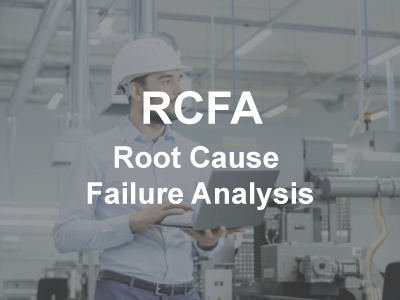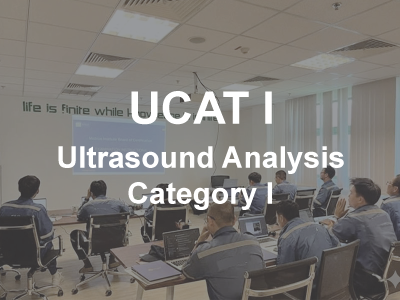If you’re ready to become a senior vibration analyst, capable of diagnosing all common fault conditions and leading Category I and II analysts, then this is the course for you.
The Category III course is designed for experienced professionals who are already confident with spectrum analysis and wish to advance further. You will deepen your understanding of signal processing, time waveform and phase analysis, cross-channel testing, machine dynamics, and fault correction. This course is ideal for those looking to lead a condition monitoring program or team.
You will learn to diagnose a wide range of faults in rolling element and sleeve bearing machines using a variety of techniques, including spectral analysis, high-frequency detection methods, time waveforms, and phase readings.
You will also explore machine dynamics—such as natural frequencies and resonance—learn how to perform resonance testing, and apply corrective actions. The course includes training on both single- and cross-channel measurement techniques using your vibration analyzer.
Upon completing the Category III course, you’ll be fully prepared to establish and manage a successful vibration analysis program and mentor junior analysts.
After the training, you can sit the certification exam with confidence. Successful candidates will be certified to ISO 18436-2 Category III through the Mobius Institute Board of Certification (MIBoC)—an internationally recognized body accredited to ISO/IEC 17024, the highest global standard in personnel certification.
Join the global community of Mobius-certified analysts and take the next step in your vibration analysis career.
This course is ideal for:
Individuals with CAT II certification and minimum 36 months experience
Experts operating or optimizing vibration analysis programs
Reliability or senior maintenance engineers
There is a great deal to learn, but it will help you to perform your role with confidence. The topics covered in this course include:
Review of condition monitoring technologies and the ISO standards
Signal processing and data acquisition
Time waveform analysis
Phase analysis
Dynamics (natural frequencies and resonance)
Testing for natural frequencies
Operating Deflection Shape (ODS) analysis
Modal analysis and intro to FEA
Correcting resonances
Rolling element bearing fault detection
Journal bearing fault detection
Electric motor testing
Pumps, fans, and compressors
Gearbox fault detection
Corrective action
Running a successful condition monitoring program
Acceptance testing
Review of ISO standards
The key is that with the VCAT-III course, you will transition from being a vibration analyst who should be supervised to a person who is capable of running the program, being a senior consultant, solving difficult problems, and taking a leadership role.
TOPICS COVERED
Signal processing
Time waveform analysis
Phase analysis
Dynamics (natural frequencies and resonance)
Testing for natural frequencies
Operating Deflection Shape (ODS) analysis
Modal analysis and intro to FEA
Correcting resonances
Rolling element bearing fault detection
|
Journal bearing fault detection
Electric motor testing
Pumps, fans, and compressors
Gearbox fault detection
Corrective action
Running a successful condition monitoring program
Acceptance testing Review of ISO standards
|







